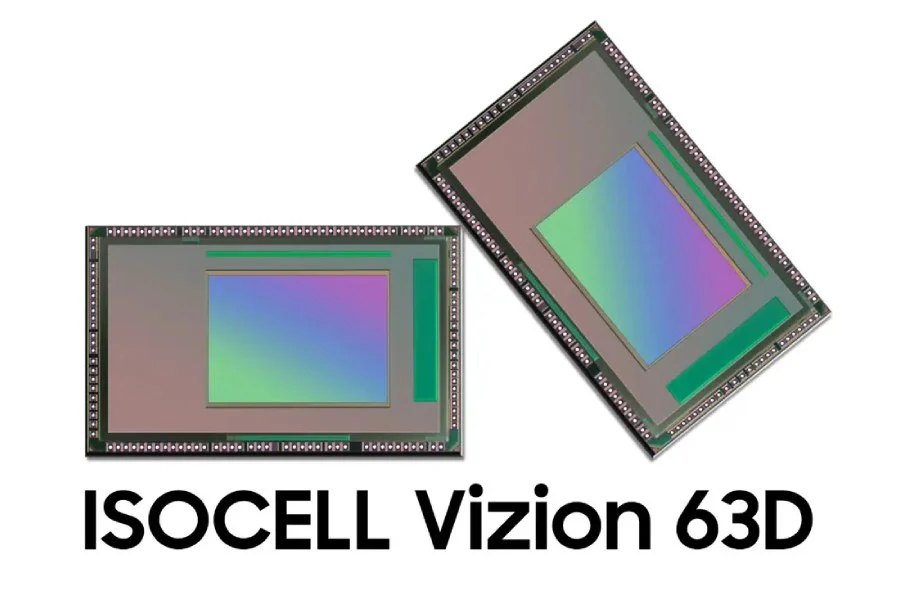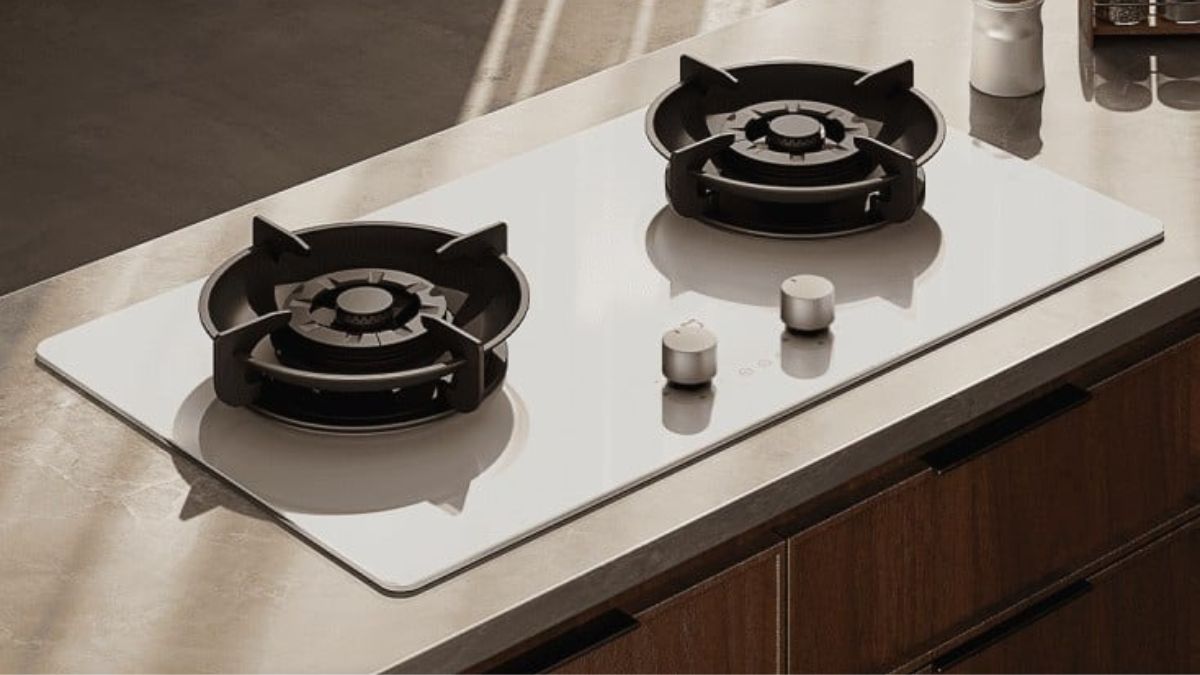Samsung has launched two new sensors called ISOCELL Vizion 63D and ISOCELL Vizion 931 that promise to improve AR (augmented reality), VR (virtual reality) and even smartphone experience. Each sensor offers unique capabilities for enhanced virtual and augmented experiences and solves different challenges when capturing image and depth data.
ISOCELL Vision 63D
ISOCELL Vizion 63D is a 3D ToF (Time of Flight) sensor with 1/6.4″ sensor size and 3.5 µm pixels that measures depth and distance with high accuracy. It displays QVGA (320×240) at 30 fps and VGA (640 ×480) video.
This sensor is also the first in the industry to feature a built-in depth-sensing ISP, eliminating the need for a separate chip and reducing power consumption by 40% compared to previous models. It has high light absorption and low noise thanks to backscattering technology.
Similarly, ISOCELL Vizion has two modes: Flood and Spot that allow you to optimize resolution and range depending on the situation. Flood mode prioritizes resolution at shorter distances, while spot mode increases range at the expense of resolution.
ISOCELL Vision 931
On the other hand, ISOCELL Vizion 931 is a global shutter sensor that captures the entire scene at once, unlike shutter sensors that scan line by line and can create motion blur. Offering 640×640 resolution, this sensor is ideal for applications such as iris recognition, eye tracking and face/motion detection in XR headsets.
It also has the industry’s highest quantum efficiency in terms of infrared light wavelength, resulting in sharper images. This sensor connects four cameras with a single cable, simplifying the circuit diagram and saving space.
Both sensors are currently being tested by device manufacturers and are expected to be used in Samsung’s upcoming mixed reality headsets and other AR/VR devices. Improved accuracy, efficiency, and image quality are promising for expanding the capabilities of these technologies.













